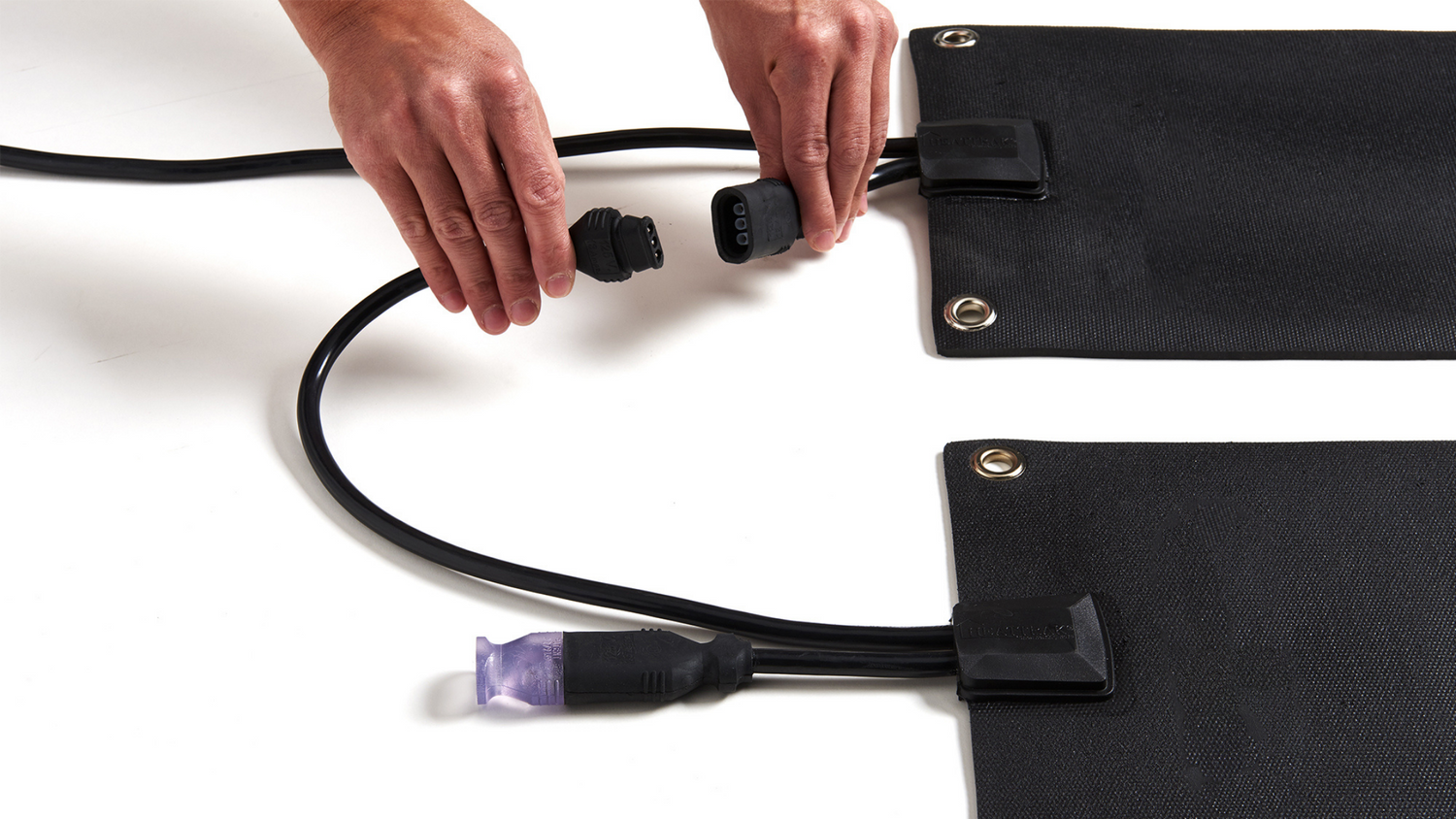Winter’s beauty often masks its treacherous side: icy sidewalks, snow-packed driveways, and the lurking danger of slip-and-fall accidents. Amid these concerns, heated mats, particularly from brands like HeatTrak, have risen as potential solutions. But do HeatTrak mats genuinely work? Let's dissect the science, user feedback, and address some frequently asked questions.
Understanding the Science
HeatTrak snow melting mats utilize the principle of radiative heating. Once activated, they generate a consistent warmth adept at melting snow and thwarting ice formation. The heat is concentrated, ensuring paths stay safe without becoming scorching.
This radiant heating is not just efficient; it conserves energy. By directing heat to the required area, wastage is minimized. Designed for outdoor use, HeatTrak Mats are durable, weather-resistant, and built to last.
User Experience
From homeowners to businesses, the feedback is largely affirmative.
The simplicity of HeatTrak mats is a recurring theme. Rather than strenuous shoveling or constant application of salt, these mats offer a more straightforward 'lay, plug, and forget' approach.
Safety, as highlighted by many users, is paramount. With the elderly being particularly vulnerable to winter falls, products like HeatTrak become invaluable, promising a reduced risk of accidents.
FAQ Insights
Diving into HeatTrak's FAQs, a few points become clear:
Durability: HeatTrak mats are constructed to last. They’re made with reinforced, UV-stabilized rubber, ensuring they can withstand harsh weather conditions.
Customization: While there's a variety of standard sizes available, HeatTrak currently does not offer custom sizes.
Versatility: These mats are designed for various surfaces, including wood, concrete, asphalt, stone, and more. However, for composite decks, one should check with the deck manufacturer first.
Operational Cost: The cost of running a HeatTrak mat is relatively low, approximately equal to the energy consumed by a few light bulbs.
Safety: These mats are designed with safety in mind. Their GFCI (Ground Fault Circuit Interrupter) power units ensure they’re safe to use even during snowfall.
Environmental Impact
When compared to traditional snow-removal methods that involve harmful salts or chemicals, HeatTrak mats emerge as a greener option. They use electricity for targeted heat distribution, eliminating the need for environmentally damaging substances. This makes the mats not just eco-friendly, but also pet and plant safe.
The Bottom Line
In addressing the question, "do HeatTrak Mats work?"—with insights from the science, user feedback, and direct information from their FAQs—the answer leans strongly towards "yes."
As with all products, there might be certain variables to consider, such as the intensity of snowfall, electricity provisions, and specific uses. Yet, for those seeking a convenient, green, and efficient winter solution, HeatTrak mats present a compelling case.
As winter approaches, remember: innovative solutions like HeatTrak are ensuring that each step you take is safer and surer.


